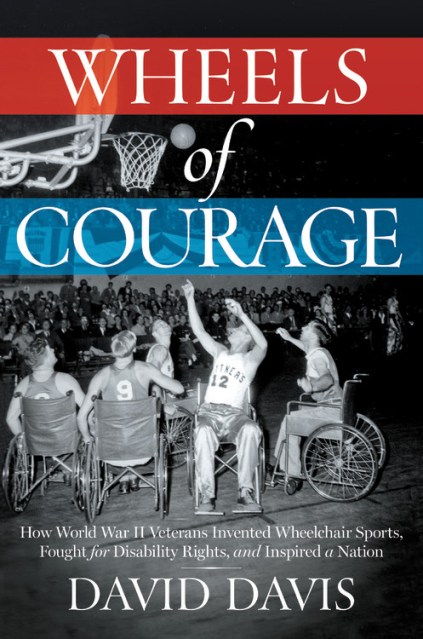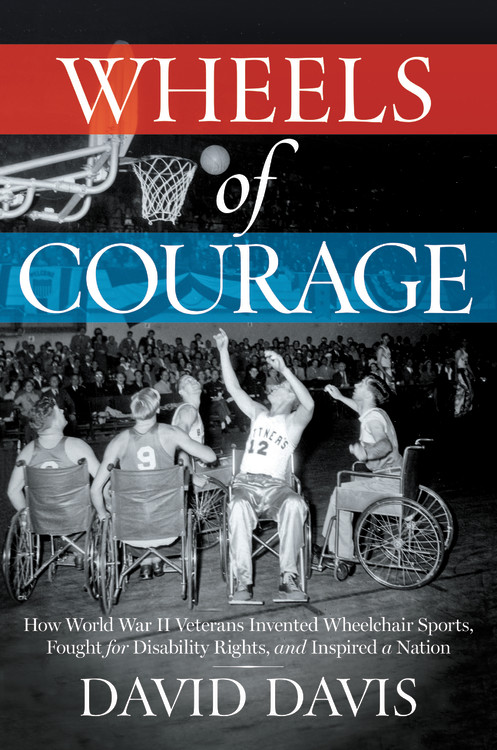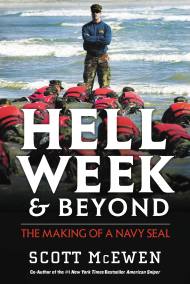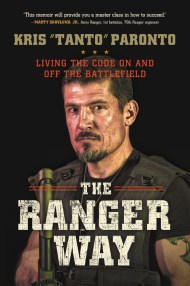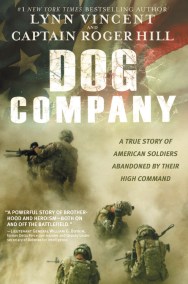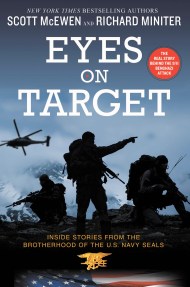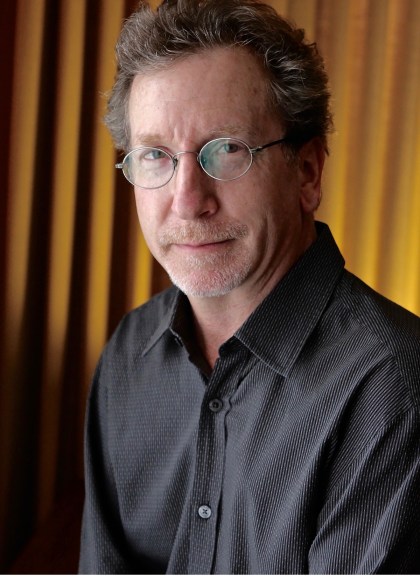Promotion
Use code MOM24 for 20% off site wide + free shipping over $45
Wheels of Courage
How Paralyzed Veterans from World War II Invented Wheelchair Sports, Fought for Disability Rights, and Inspired a Nation
Contributors
By David Davis
Formats and Prices
Price
$28.00Price
$35.00 CADFormat
Format:
- Hardcover $28.00 $35.00 CAD
- ebook $14.99 $19.99 CAD
This item is a preorder. Your payment method will be charged immediately, and the product is expected to ship on or around August 25, 2020. This date is subject to change due to shipping delays beyond our control.
Also available from:
Out of the carnage of World War II comes an unforgettable tale about defying the odds and finding hope in the most harrowing of circumstances.
Wheels of Courage tells the stirring story of the soldiers, sailors, and marines who were paralyzed on the battlefield during World War II-at the Battle of the Bulge, on the island of Okinawa, inside Japanese POW camps-only to return to a world unused to dealing with their traumatic injuries. Doctors considered paraplegics to be “dead-enders” and “no-hopers,” with the life expectancy of about a year. Societal stigma was so ingrained that playing sports was considered out-of-bounds for so-called “crippled bodies.”
But servicemen like Johnny Winterholler, a standout athlete from Wyoming before he was captured on Corregidor, and Stan Den Adel, shot in the back just days before the peace treaty ending the war was signed, refused to waste away in their hospital beds. Thanks to medical advances and the dedication of innovative physicians and rehabilitation coaches, they asserted their right to a life without limitations. The paralyzed veterans formed the first wheelchair basketball teams, and soon the Rolling Devils, the Flying Wheels, and the Gizz Kids were barnstorming the nation and filling arenas with cheering, incredulous fans. The wounded-warriors-turned-playmakers were joined by their British counterparts, led by the indomitable Dr. Ludwig Guttmann. Together, they triggered the birth of the Paralympic Games and opened the gymnasium doors to those with other disabilities, including survivors of the polio epidemic in the 1950s.
Much as Jackie Robinson’s breakthrough into the major leagues served as an opening salvo in the civil rights movement, these athletes helped jump-start a global movement about human adaptability. Their unlikely heroics on the court showed the world that it is ability, not disability, that matters most. Off the court, their push for equal rights led to dramatic changes in how civilized societies treat individuals with disabilities: from kneeling buses and curb cutouts to the Americans with Disabilities Act of 1990. Their saga is yet another lasting legacy of the Greatest Generation, one that has been long overlooked.
Drawing on the veterans’ own words, stories, and memories about this pioneering era, David Davis has crafted a narrative of survival, resilience, and triumph for sports fans and athletes, history buffs and military veterans, and people with and without disabilities.
Genre:
- On Sale
- Aug 25, 2020
- Page Count
- 400 pages
- Publisher
- Center Street
- ISBN-13
- 9781546084648
Newsletter Signup
By clicking ‘Sign Up,’ I acknowledge that I have read and agree to Hachette Book Group’s Privacy Policy and Terms of Use
